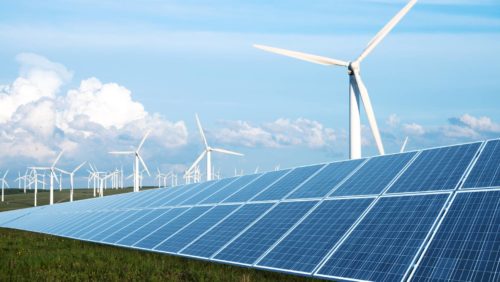
Article | 2021
Decarbonizing Our Toughest Sectors—Profitably
More than one-third of emissions come from heavy transport such as trucks and planes and the heat-intensive manufacture of materials such as steel and cement. These sectors are considered hard to abate—stubbornly resistant to decarbonization. Many people believe decarbonizing them would be slow, costly, and unprofitable.
But abatement is not only feasible—it will be amply rewarded, if done strategically. In this decade, a rich stew of new technologies, materials, design methods, financial techniques, and business models, along with smart policies and aggressive investments, could revitalize, relocate, or displace some of the world’s most powerful industries.
In this article, Amory Lovins examines business strategies that can help make all this possible and generate trillions of dollars in the process. While the strategies are distinct, they share a common thread: Increasingly competitive and abundant renewable electricity is undercutting and displacing fossil fuels.
Outpaced and outcompeted, coal and gas plants are being starved of revenue while their fixed costs per kilowatt-hour rise. Electrified heavy transport and industrial manufacturing heat powered by renewables will likewise undercut, devalue, and strand their fossil-fueled rivals, siphoning off the old technologies’ revenues to fund their own expansion. The growing arguments for making and using renewable electricity will reinforce one another, accelerating the demise of fossil fuels and propelling one of the greatest disruptions in business history.
Originally published in MIT Sloan Management Review
Available here until December 15, 2021.